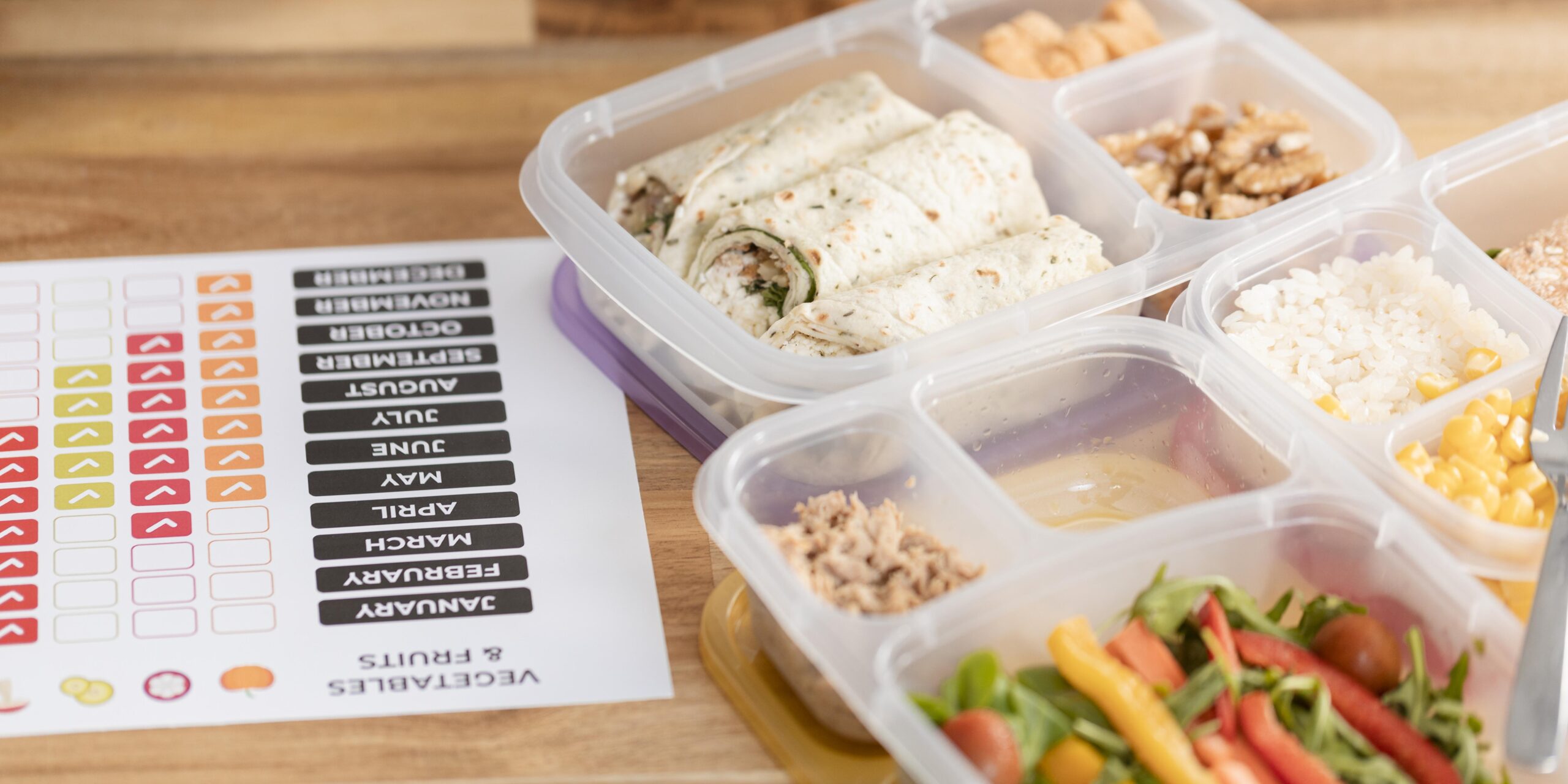
Meal Prep 101: A Beginner’s Guide
If you’ve ever come home tired and hungry with no idea what to make for dinner, you’re not alone. Meal prep is one of the easiest ways to take the stress out of eating well — and it’s not just for fitness fanatics or expert home cooks. With just a bit of planning, anyone can make meal prep work.
This beginner-friendly guide breaks down everything you need to know to get started. You’ll learn simple strategies to save time, cut food waste, and keep healthy meals ready to go all week long.
Step 1: Set Your Meal Prep Goals
What’s your main reason for meal prepping? Is it saving money, eating healthier, or saving time during busy weekdays? Knowing your goal helps guide how you prep — whether it’s batch-cooking dinners or just pre-chopping veggies and snacks.
Step 2: Choose Your Meals
Pick 2–4 recipes you enjoy and feel confident making. Start simple: think stir-fries, grain bowls, soups, or pasta dishes. Choose meals that store well and can be easily reheated. You can always switch things up as you build confidence.
Step 3: Make a Grocery List
Take inventory of what you already have, then list only what you need. Organize the list by grocery sections (produce, pantry, dairy, etc.) to save time in the store and help avoid impulse buys.
Step 4: Schedule Your Prep Time
Pick a block of time — usually 1–2 hours — once or twice a week. Treat it like an appointment. Some people prep everything on Sunday; others split it between Sunday and Wednesday. Find a rhythm that fits your schedule.
Step 5: Prep Efficiently
Start with ingredients that take longer to cook (like grains or roasted vegetables), then prep quicker items while those are going. Use multiple pans or baking sheets to cook more at once. Store your meals in airtight containers to keep them fresh all week.
Why This Matters
Meal prep isn’t just about convenience — it also supports healthier choices and better routines. Here’s why it’s worth the effort:
- Reduces stress: No last-minute scrambling for dinner decisions.
- Saves money: Fewer impulse buys and less food waste.
- Improves nutrition: You’re more likely to eat balanced meals when they’re ready to go.
- Supports weight goals: Having meals prepped helps with portion control and consistency.
- Frees up time: Spend less time cooking and cleaning during the week.
Common Mistakes to Avoid
It’s easy to get discouraged if your first few attempts don’t go perfectly. Keep an eye out for these common pitfalls:
- Overcomplicating your plan: Stick to a few easy meals when you’re starting out.
- Not using proper containers: Invest in reusable, leak-proof containers to keep food fresh.
- Ignoring food safety: Let food cool before refrigerating and label containers with prep dates.
- Skipping variety: Repeating the same meal all week can lead to boredom. Mix up proteins, grains, and sauces.
- Not scheduling prep time: If it’s not on your calendar, it likely won’t happen. Treat it like self-care.
Tips for Different Lifestyles
Meal prep can be flexible enough to fit different needs. Here are ways to adapt the basics to your situation:
- Busy parents: Prep breakfast items like egg muffins or overnight oats for quick mornings. Involve kids in assembling lunches.
- Students: Use dorm-friendly recipes and prep grab-and-go snacks like nut butter packs, fruit, and trail mix.
- Professionals: Focus on prepping lunch to avoid eating out and plan simple, satisfying dinners for busy evenings.
- Seniors: Choose easy-to-chew meals like cooked grains, soups, and soft veggies. Freeze small portions to reduce daily effort.
Takeaway
Meal prep doesn’t need to be fancy or time-consuming — it just needs to work for you. Start small, focus on the meals that give you the most trouble during the week, and build from there. With practice, meal prep becomes second nature — and your future self will thank you.